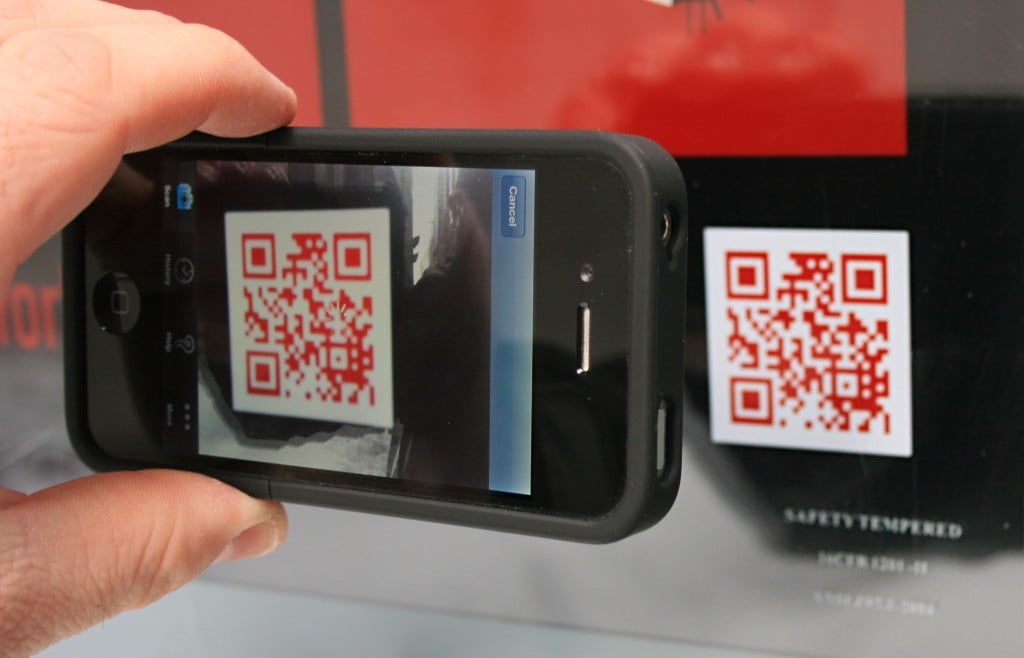 Given the pace of technological advancement and the evolved nature of remote communication techniques, it would be easy to assume that the traditional business card is no longer a corporate necessity. This would be an inaccurate perception, however, as while the traditional business card format may be redundant the concept has evolved to embrace a number of contemporary design trends. As a result of this, business cards have broken out of their corporate shell and adopted a wider range of more creative aesthetic features.
Given the pace of technological advancement and the evolved nature of remote communication techniques, it would be easy to assume that the traditional business card is no longer a corporate necessity. This would be an inaccurate perception, however, as while the traditional business card format may be redundant the concept has evolved to embrace a number of contemporary design trends. As a result of this, business cards have broken out of their corporate shell and adopted a wider range of more creative aesthetic features.
With this in mind, which key trends have influenced the course of the business card market during the last 12 months? Consider the following:
QR Codes and Virtual Cards: Increasingly, both offline and online mediums are being integrated to produce single marketing campaigns. This fusion between the real and virtual world is prominent across a widening range of business activities, as brands look to create a more engaging experience both staff members and consumers. This concept has certainly had an impact in contemporary business card designs, as the integration of actionable QR codes allows recipients to scan the item and instantly visit a designated web page, promotional offer or newsletter sign-up page.
Introducing Folded Business Cards: One of the most common issues with traditional business cards is their size, as they provide only a minimal amount of space for individuals to promote themselves and their brand. In order to negate this issue, businesses are now embracing folded cards that can feature larger images and icons while still fitting comfortably into an individuals pocket or wallet. Interestingly, there are also a number of creative design templates that incorporate a seamless or partial fold, so that the contact information remains prominent at all times.
The Use of Imagery: The desire to use larger business cards has been inspired by the rising popularity of images and decorative icons, which can be used to embellish your contact information and visually engage the reader. When you consider the success of image orientated social media website Pinterest and the growing impact of audio-visual content as a marketing tool, it stands to reason that a business card may be used to share a message or vital brand information. Imagery also makes a business card appear less oppressive, as considerable amounts of text can clutter the space and discourage readers.
The Bottom Line for Business Card Owners
These trends in business card design and application have had a large impact on the way in which brands have promoted themselves in recent times, while they also reflect the changes that are unfolding in the fields of marketing and advertising. More specifically, we are moving towards a time where the vast majority of business cards will fuse both offline and online components, which in turn will allow brands to share important information in an interactive and engaging manner. With QR codes already used widely in contemporary business card design, this is a trend that will gather pace in the years ahead.
For now, however, there remains ample opportunity for brands to develop their business cards and make the most of this relatively small advertising space. To begin with, there are a number of free business card templates that can be used to create the ideal design aesthetic, while traditional print firms are also cutting their costs in order to compete with the rapidly growing digital market. Regardless of the design that you use or the intentions that you have for your business card space, however, it is important to remember that it provides a visual representation of your firm and the core service that it delivers.







